Key in a search term below to search our website.
Key in a search term below to search our website.
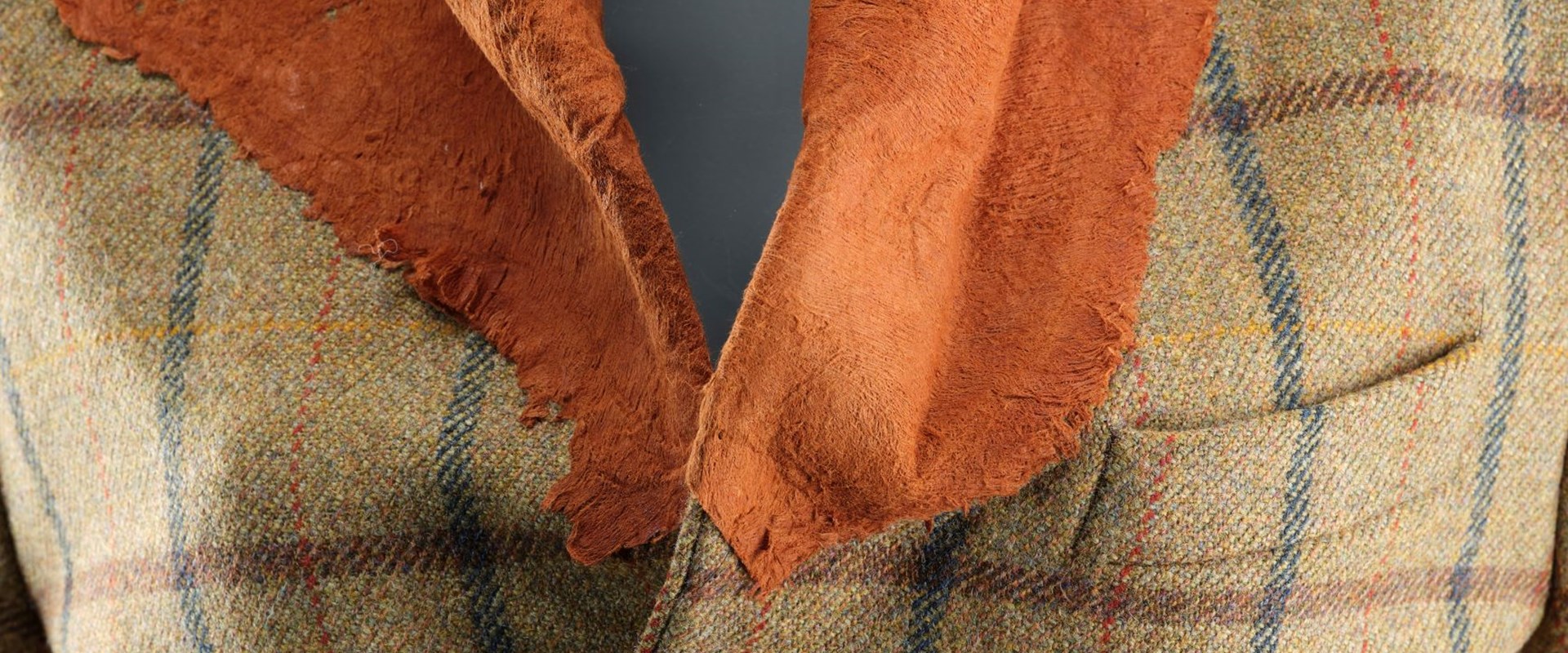
This striking fusion of styles, traditions, and Scottish and Ugandan cultures is designer José Hendo's sustainable fashion statement for our times.
“This collection is in direct response to what is happening in the world at the present time. Landfill space running out, the plastic in the oceans, the melting glaciers and polar ice, the list goes on ... If we do not act now, when? Responsibility lies with everyone all along the supply chain including the end user.- José Hendo
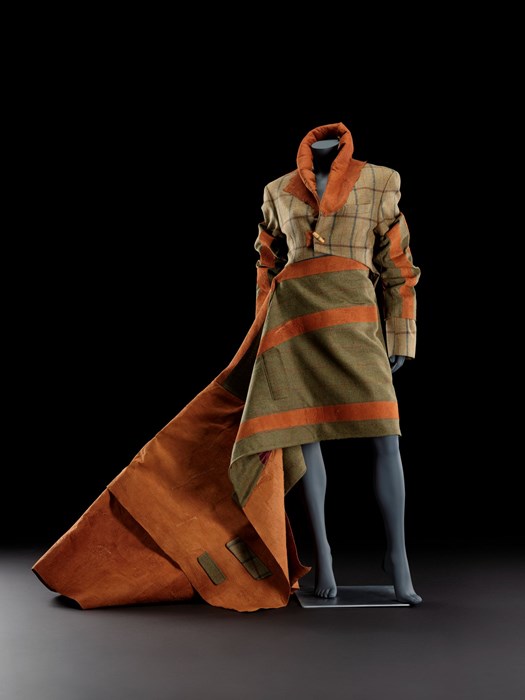
Photograph ©National Museums Scotland
In 2019 London-based Ugandan designer José Hendo participated in the National Museums Scotland Fashion Revolution public programme, which led the Department of World Cultures to acquire an outfit from her Signs of the Now collection.
Entitled Antonerick PPF (Past, Present, Futures), this unique fitted jacket and skirt combines two remarkable materials – barkcloth and an upcycled Harris tweed coat and jacket – to embody the principles of Hendo’s R3 Campaign (Reduce, Reuse, Recycle) for sustainable fashion and design.
Barkcloth production and use is a centuries-old tradition in Uganda, pre-dating woven cloth. It is made by stripping, soaking and beating lengths of bark from the ficus species of tree. After the removal of the bark the tree trunk is wrapped in banana leaves for protection, allowing another bark to grow, to be harvested annually for up to 30 years.
The stripped bark is cleaned of its outer layer, boiled or steamed, then beaten over a felled log for several hours with a graduating series of heavy wooden beaters, causing the fibres to soften and stretch up to five times in width and approximately one tenth in the length. The production of large rectangular lengths of barkcloth is a skilled male occupation passed from generation to generation.
 Antonerick PPF on the work stand. Photograph ©José Hendo
Antonerick PPF on the work stand. Photograph ©José Hendo
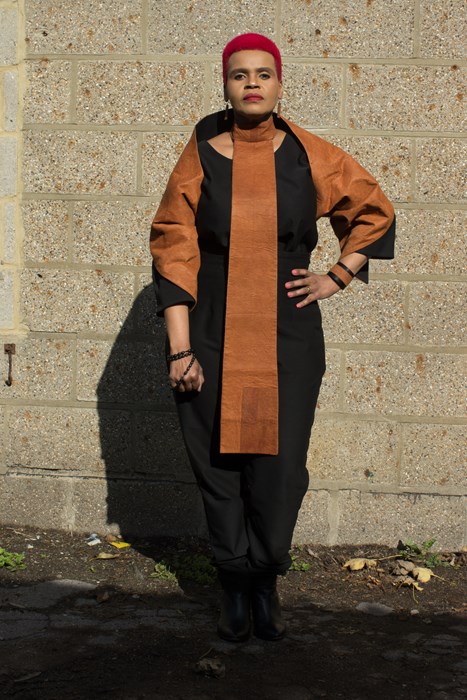
Designer José Hendo. Photograph ©Tony Wellington
Hendo reframes this centuries old tradition in both aesthetic and commercial contexts. From her centre of production in the UK she has reintroduced the potential of barkcloth as an eco-friendly sustainable product to Uganda, sharing her fresh approach to fashion design and challenging throw away culture.
For Hendo, ‘the history of a garment is just as important as its future’. Her work has been shown on the catwalk at Kampala Fashion Week and displayed in the National Museum of Uganda in Kampala alongside ethnographic displays which include traditional examples of barkcloth.
Although the use of barkcloth as clothing declined in the early 20th century with the availability of European imported cotton cloth and Christian missionary demands for modest dress, it is an important symbol of the Ugandan monarchy and remains associated with ritual healing and burial practices.
The significance of barkcloth production in 21st century Ugandan cultural identity was acknowledged in 2005 when UNESCO proclaimed Ugandan barkcloth making a Masterpiece of the Oral and Intangible Cultural Heritage of Humanity.
“It is not just the garment production processes but the wearer too. Designing and living in these times requires an understanding of the ripple effect our choices have, impacting on lives and the environment at large.- José Hendo
Hendo has previously experimented with a number of different recycled and end-of-line materials, including leather, rubber and denim, in combination with barkcloth. In this instance the use of tweed, Scotland’s most enduring textile product, attracted particular interest. Like barkcloth in Uganda, tweed is a fabric which has a long history: an indigenous material, hand-woven in the Outer Hebrides by weavers whose skills, like those in barkcloth production, are passed through the generations. Both are the result of using natural raw materials, crafted by hand with low impact methods, and in this unique combination Hendo makes innovative and unexpected connections, highlighting the complex and many layered role of clothing and dress in expressions of identity.
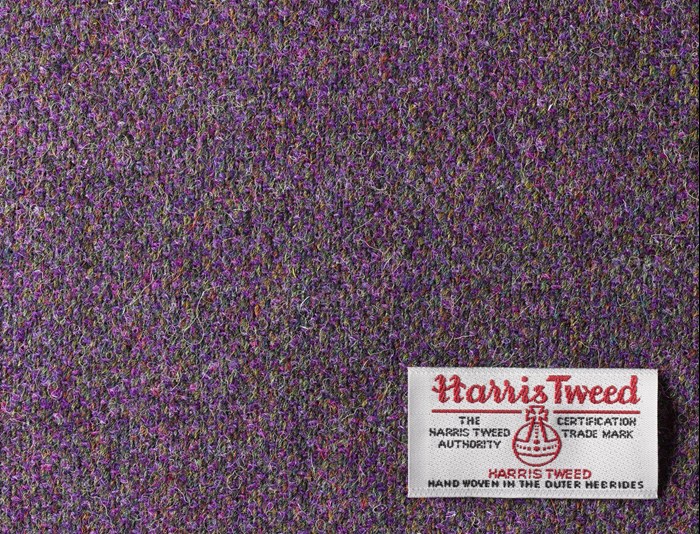 Photograph ©National Museums Scotland
Photograph ©National Museums Scotland
As a passionate activist for the revitalisation of the traditions of barkcloth production in Uganda, Hendo launched ‘Bark to the Roots’ (B2TR) in 2014. This is her initiative to ‘promote the use of barkcloth globally in the modern world, anchored in the ethos of the sustainable development goals, reminding us to preserve both our heritage and the environment’, and brings together people who are working with barkcloth including those who harvest and process it. Working with brothers, Fred Mutebi, a printmaker and art activist, and Stephen Kamya, a community organiser, they have initiated a long-term plan to plant trees, and train a new generation in all aspects of cultivation and production of barkcloth with the Bukomansimbi Organic Tree Farmers Association (BOTFA) in Masaka, Uganda.
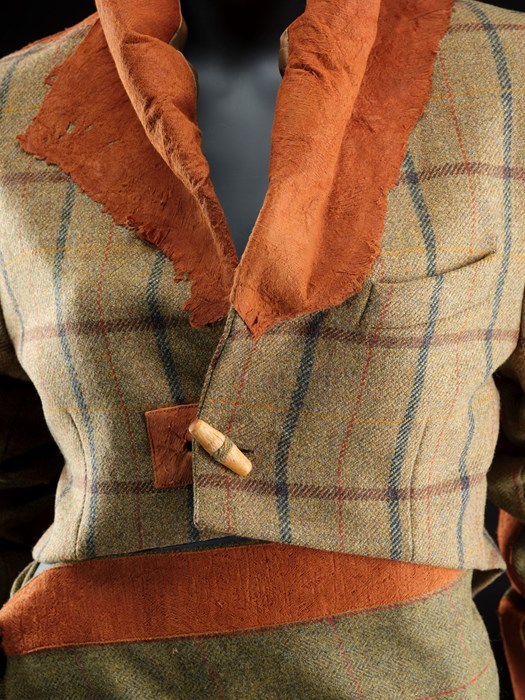
Closeup of Antonerick PPF. Photograph ©National Museums Scotland
Hendo’s reframing of the centuries-old tradition of barkcloth in both aesthetic and commercial contexts provide a fascinating opportunity to consider the role of contemporary fashion in the expression of identities, and new ways of thinking in museum research and displays.
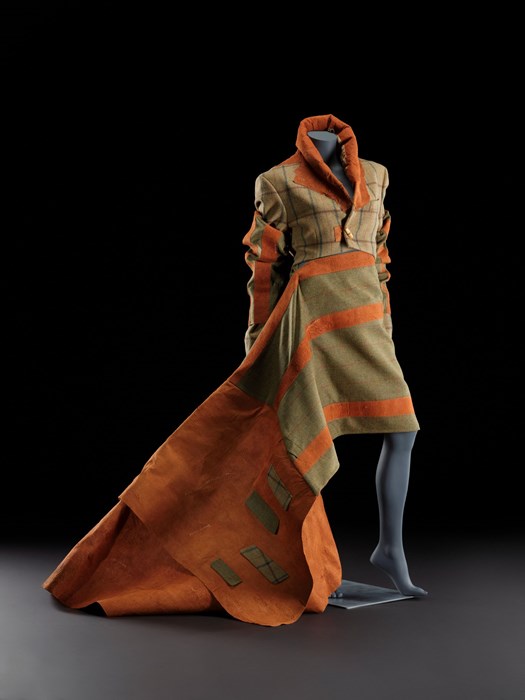 Photograph ©National Museums Scotland
Photograph ©National Museums Scotland
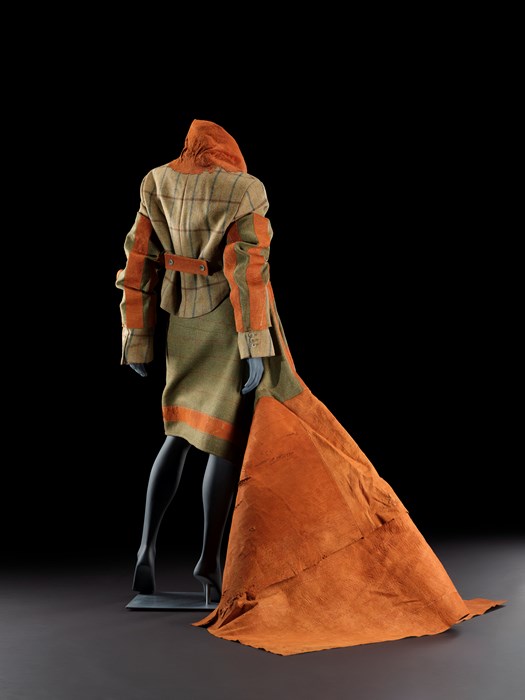 Photograph ©National Museums Scotland
Photograph ©National Museums Scotland